Invented by Saghar Hosseinisianaki, Wei Wang, Ahmed Awadallah, Paul N. Bennett, Christopher B. Quirk, Microsoft Technology Licensing LLC
One of the key drivers of this market is the rise in cybercrime and fraudulent activities. With the increasing reliance on digital communication platforms, criminals have found new ways to exploit vulnerabilities and deceive individuals and organizations. Machine learning algorithms can analyze communication patterns, content, and metadata to identify suspicious activities and flag them for further investigation. This can help prevent financial fraud, identity theft, and other malicious activities that can have significant financial and reputational consequences.
Another important factor contributing to the growth of this market is the increasing volume of spam and unwanted communications. Email spam, text message spam, and robocalls are not only annoying but can also be used to distribute malware, phishing attempts, and other malicious content. Machine learning algorithms can analyze the content and characteristics of these communications to identify patterns that indicate spam or malicious intent. By automatically filtering out such communications, individuals and organizations can save time and resources while also protecting themselves from potential threats.
Furthermore, machine learning algorithms can also be used to detect and prevent harassment, hate speech, and other forms of harmful communication. Social media platforms, online forums, and chat applications have become breeding grounds for toxic behavior, which can have severe psychological and emotional impacts on individuals. By analyzing the language, sentiment, and context of communications, machine learning algorithms can identify and flag potentially harmful content, allowing platform administrators to take appropriate action.
The market for machine learning for purpose detection in communications is also driven by regulatory requirements and compliance needs. Many industries, such as finance, healthcare, and telecommunications, are subject to strict regulations regarding data privacy, security, and fraud prevention. Machine learning algorithms can help organizations meet these requirements by automatically monitoring and analyzing communications for compliance violations, suspicious activities, and potential breaches.
In terms of market players, there are several companies that offer machine learning solutions for purpose detection in communications. These companies provide software platforms and APIs that can be integrated into existing communication systems to analyze and filter communications in real-time. They leverage advanced machine learning techniques, such as natural language processing, deep learning, and anomaly detection, to achieve high accuracy and efficiency in detecting and preventing malicious activities.
Overall, the market for machine learning for purpose detection in communications is witnessing significant growth due to the increasing need for automated solutions to detect and prevent fraudulent activities, spam, and other malicious behaviors. As the volume and complexity of communications continue to grow, machine learning algorithms will play a crucial role in ensuring the security, privacy, and integrity of digital communications.
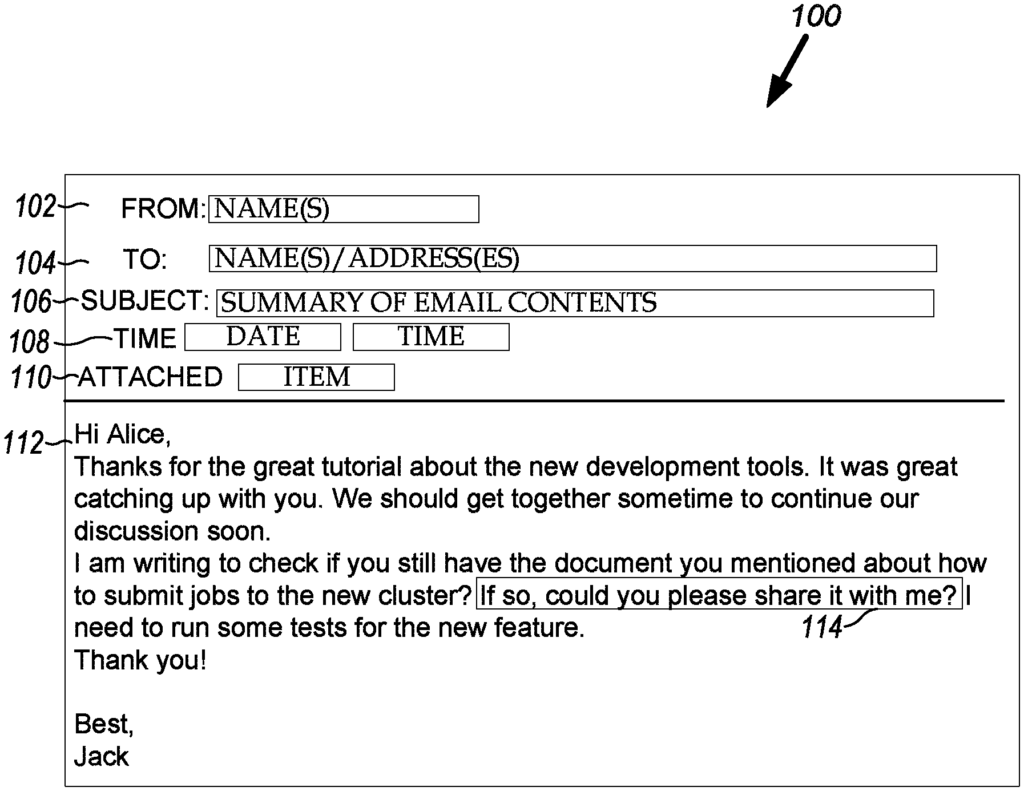
The Microsoft Technology Licensing LLC invention works as follows
The present inventions are primarily directed to devices, systems and methods that identify a purpose for a communication. Receiving a communication that includes communication context and communication content, where the context is a second portion of communication, and the content a portion of communication, can be a method. A machine learning model can be used to identify, using the communication context and content, one or multiple purposes that are associated with the message. The one or two purposes indicate actions performed by the user who generated or received it. The method can involve providing data that indicates the purpose of the initial portion of content.
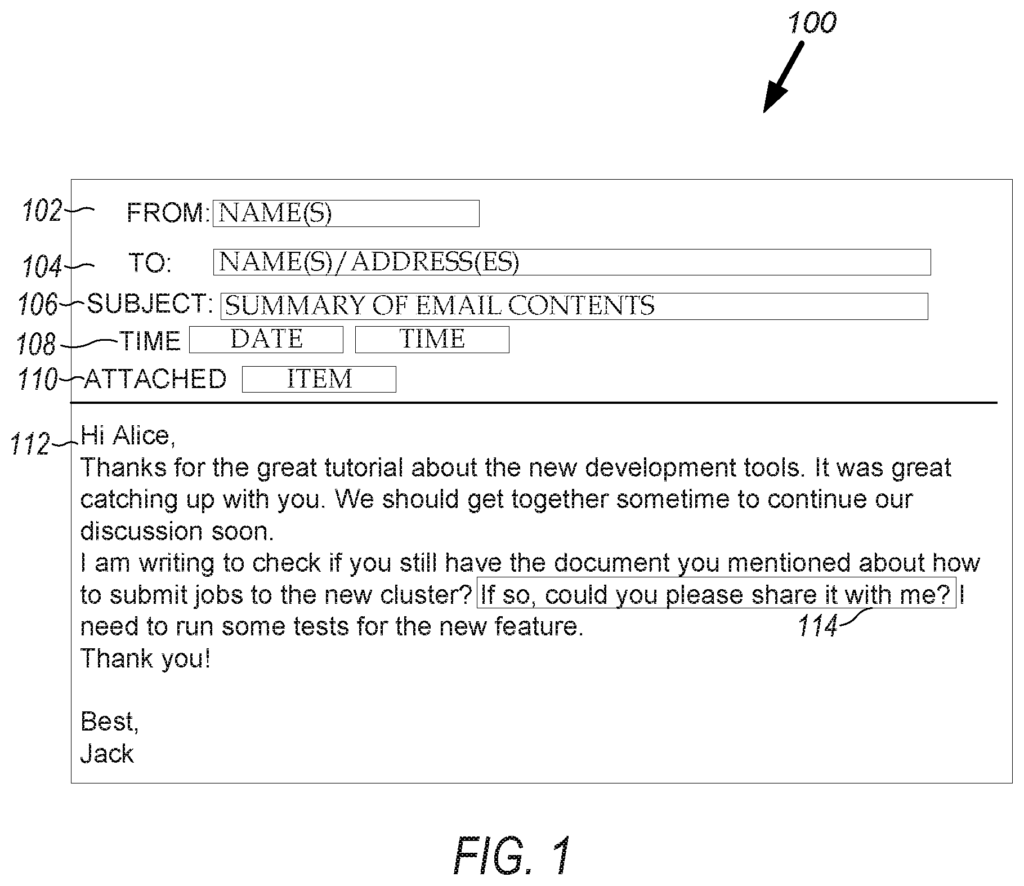
Background for Machine learning for purpose detection in communications
Email usage has increased over the last few decades, both in terms the total volume of emails (information overload) as well as the number of uses for which they are used (functional overwhelm). Email programs are used as communication tools, as well as personal archives, calendaring, and as repositories of tasks. A variety of research focused on ways to reduce this information overload through the integration of task support and calendaring into email clients. However, very little research focused on the use information from other data sources to help mitigate information overload. Email is still one of the main forms of communication online. “People spend significant time reading, responding and sending emails, whether to exchange information or manage tasks.
This summary section introduces aspects of embodiments, in a simplified manner. The detailed description will explain the embodiments further. This summary section does not aim to identify essential features or requirements of the claimed material. The combination and order in which the elements are listed is not meant to limit the claimed elements.
The system can have a memory that stores parameters for a machine-learning (ML) model. This ML model will identify whether or not one or more uses are associated with the communication. These one or two purposes indicate the actions that a user who generated or received the message is expected to perform. The system may include circuitry that provides data to the ML models indicating communication context and content. Communication context can be either content from another communication associated with the communication being classified or content from a different, second portion of the same communication. The processing circuitry may also receive data from the ML model indicating the purpose for the first part of the content.
The communication could be an email (email). The first part can be a phrase from the email. The context could be any other content than the sentence from the same or another email. The ML model may include a dynamic context recurrent network (RNN), which implements a content coder that encodes the first portion of the email into encoded text, a context coder that encodes the context into an encoded context. A feature fusion operation can combine the encoded text and context into a fused presentation, and a classifier that determines the intent of the content based upon the fused representation. The content encoder encodes sentences from the context, and then performs a focus-based attention operation to the encoded sentence to generate weighted encoded sentences.
The feature fusion operation receives the encoded sentences with weights and creates a matrix of attention that contains values for each portion of the content indicating which context is relevant. The ML model performs a second attention operation based on this attention matrix, which generates a context-aware content representation.
The purpose of communication can be divided into one or several purposes, and sub-purposes. The communication purpose can be related to information exchange or task management. A sub-purpose of scheduling and planning includes scheduling or reminding a meeting. The processing circuitry may also provide data that indicates the purpose to an application of a personal information manager, causing the PIM program to automatically generate a meeting invitation or reminder.
Embodiments” include methods for performing the operations of a system, and computer-readable media that are configured to perform those operations.
BRIEF DESCRIPTION DES DRAWINGS
FIG. “FIG.
FIG. “FIG.
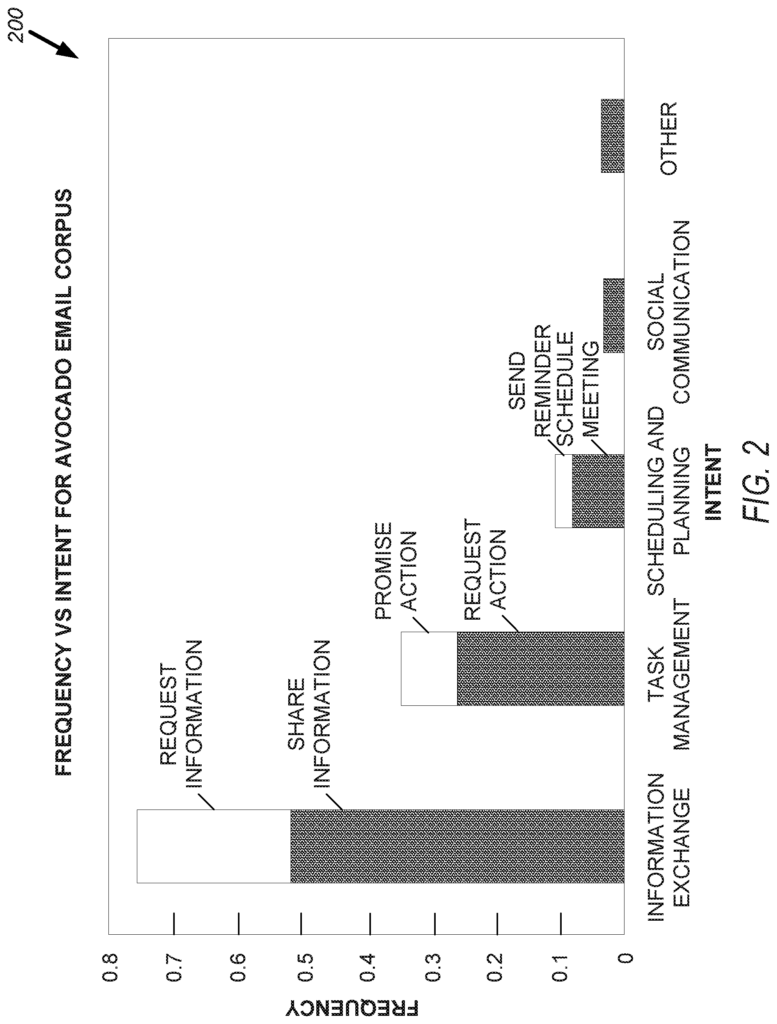
FIG. “FIG.
FIG. “FIG.
FIG. “FIG.
FIG. “FIG.
FIG. “FIG.
In the following description it is made reference to the accompanying illustrations that are a part of this document, in which specific embodiments can be illustrated and practiced. The embodiments described are sufficiently detailed to allow those with the necessary skills to implement them. Other embodiments can be used and structural, logical and/or electric changes made without departing the scope of embodiments. The following description is not meant to be interpreted in a narrow sense. Instead, the scope of the invention is determined by the claims.
In some embodiments, the operations, functions or algorithms described in this document may be implemented as software. Software may be computer executable instructions that are stored on a computer or another machine-readable storage medium or media, such as one of more non-transitory memory devices (e.g. a nontransitory machine-readable storage medium), or any other type hardware-based storage device, whether local or networked. These functions can also correspond to subsystems that may be hardware, software, firmware, or a combination of these. The embodiments are only examples. Multiple functions can be performed by one or more subsystems. Software can be run on a digital-signal processor, ASIC (application specific integrated circuit), microprocessor (CPU), graphics processor (GPU), FPGA (field programmable gate assembly) or any other processor on a computer (personal computer, server, etc.). This turns the computer into a machine that is programmed. The algorithms or functions may be implemented by processing circuitry that may include electronic and/or electric components. (e.g. one or more transistors or resistors or capacitors or inductors or amplifiers or modulators or demodulators or antennas or radios or regulators or diodes or oscillators or multiplexers or logic gates or buffers or caches or memories or GPUs or CPUs or FPGAs or the like).
Email has been a popular internet-based medium of communication for over 25 years. Email was originally designed to be used for asynchronous communications, but people have “overloaded” it. Email is now used for other purposes, such as task tracking and personal archive. As online services and the uses of the web grow, email not only continues to serve these purposes but an ever-increasing number (e.g., as a receipt file cabinet for e-commerce purchases, as a standard part of identity/authentication flow, and as calendar management).
Because meeting arrangements and time negotiations are often done via email, almost all modern email services, both webmail and client applications, offer fully-featured calendar management. The majority of the feature development focused on integrating information from emails into the user’s calendar. However, little attention was paid to the implications of calendar data for other features of a PIM service.
People use email as a tool to communicate, create tasks, manage calendars, and more. People can find it difficult to monitor and manage their tasks when the number of emails they receive increases. Automated task management systems, such as PIMs, can help solve this problem by helping people to manage their tasks more effectively. Commitments such as “I’ll send the reports by the end of the day” can help people manage their tasks more efficiently. One type of task involves promises between individuals. A request is another type of task. A request is asking someone to do something. The tasks detected are part of communication between users of first and second devices. The task may be part of an email, text message, instant messaging communication or file.
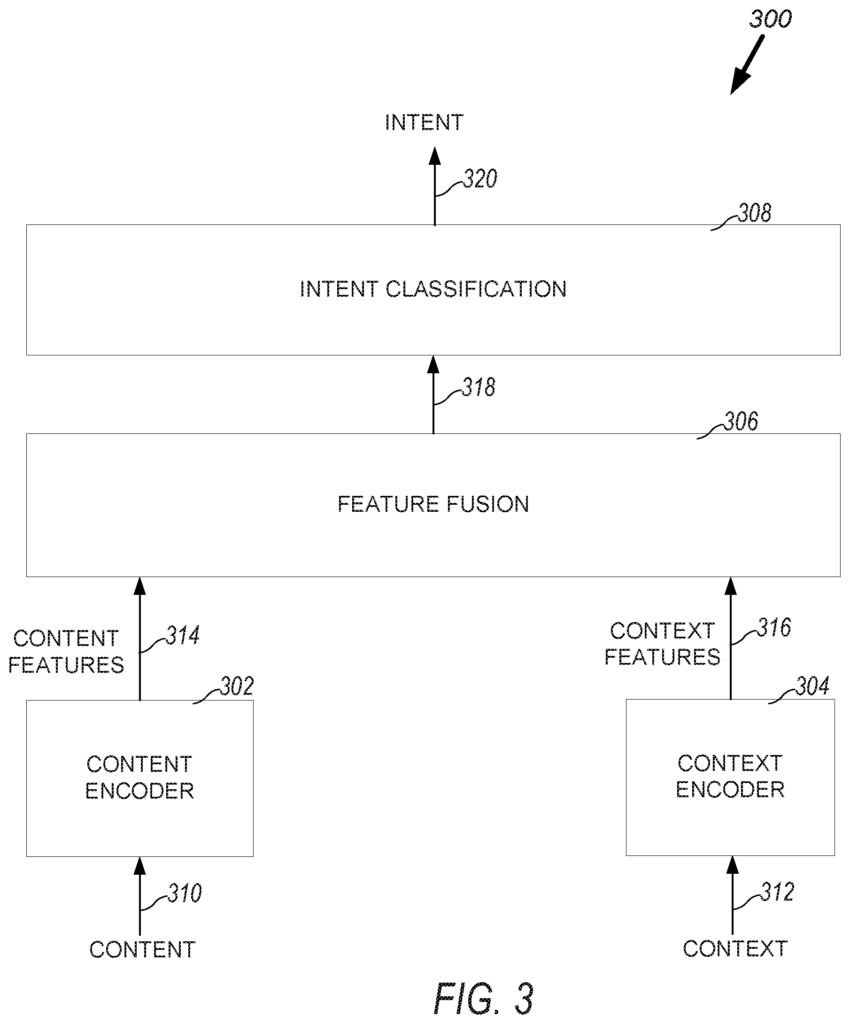
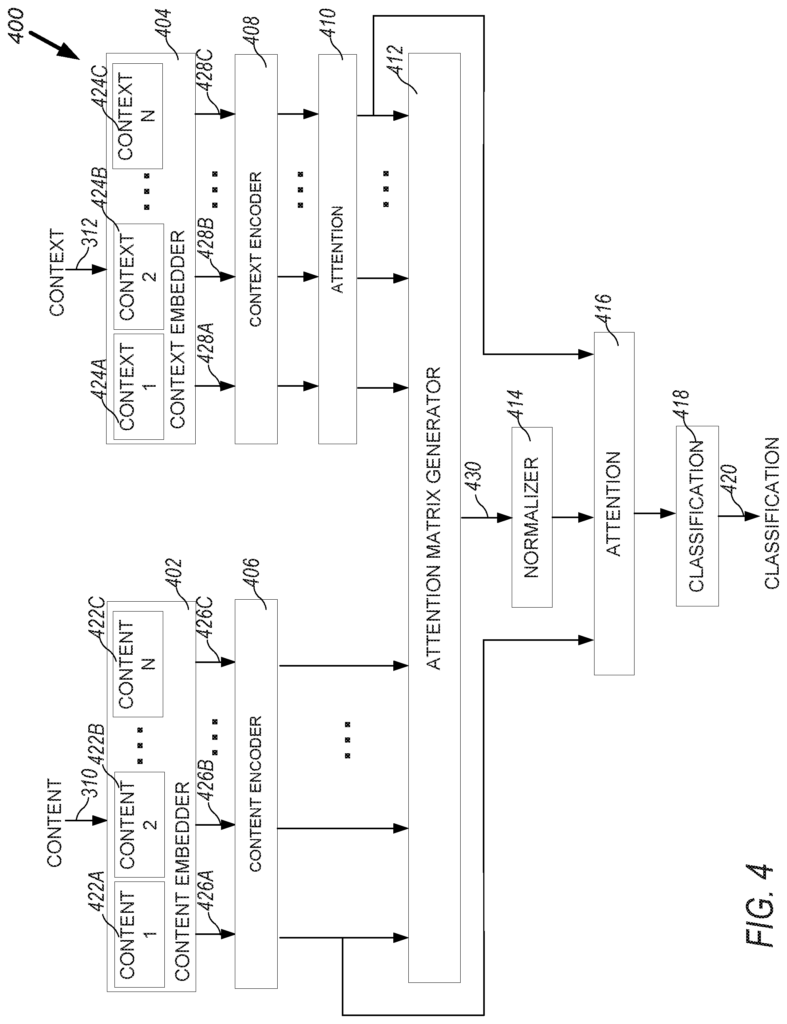
Click here to view the patent on Google Patents.
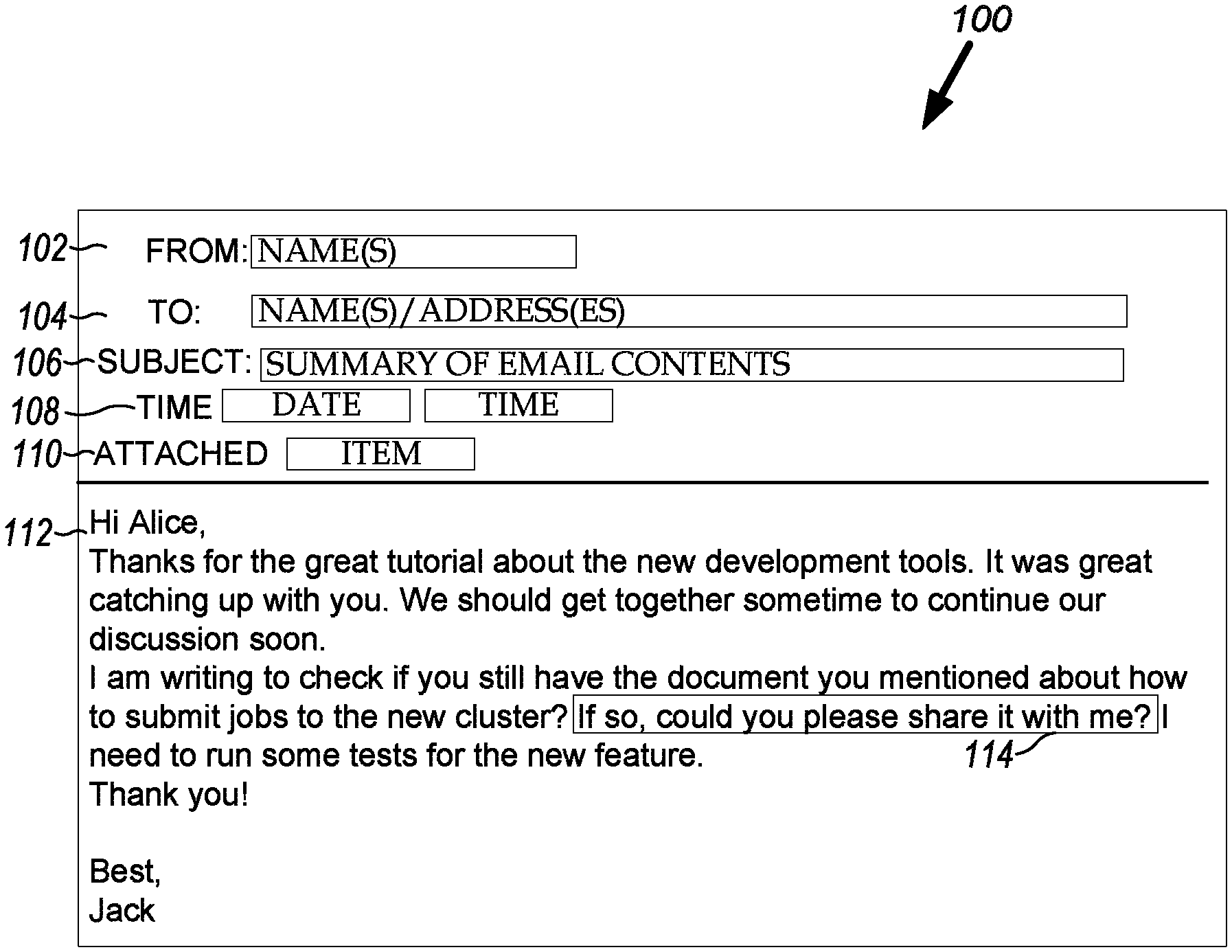
Leave a Reply